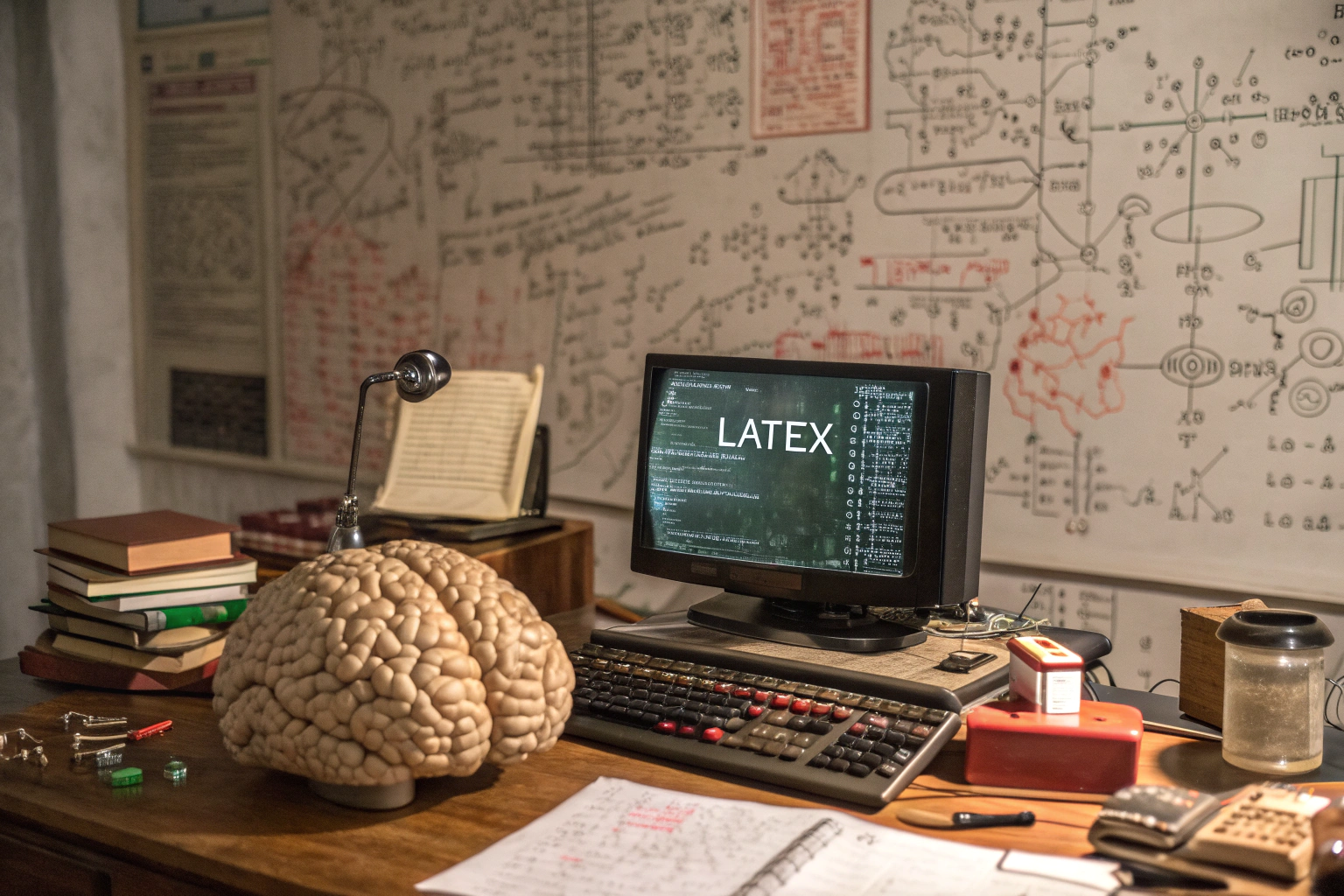The First Time a Large Language Model Really Helped Me
It was with LaTeX
As a mathematician, my life revolves around precision, clarity, and, of course, LaTeX. For the past three years, I’ve grappled with a seemingly simple problem: using the Montserrat font in my LaTeX Beamer presentations, specifically in bold. You’d think it wouldn’t be that difficult, right? Apparently, I was mistaken.
After years of searching through forums, PDF documentation, and every corner of the internet, I decided to consult a large language model. I figured, “How hard could it be for a GPT-like LLM?” Little did I know, this would be an exercise in irony.

The Journey Begins
I started by outlining my problem: I had Montserrat, but bold text remained stubbornly elusive. The model’s initial suggestion? “Why not try LuaLaTeX or XeLaTeX?” Ah, yes, because switching entire engines is exactly what I had in mind. Thank you for that brilliant recommendation!
Next, in a moment of sheer frustration, I emphasized that I was indeed using pdflatex and wanted to stick with it. The model then pivoted and suggested I abandon Montserrat altogether. Clearly, it had a firm grasp of my frustrations but lacked any sense of loyalty to my font of choice.
The Back-and-Forth
After reiterating my commitment to Montserrat, the model finally acknowledged my persistence. It proposed a command: \DeclareFontSeries. I tried to suppress a chuckle. This was a command I had never encountered in any of my extensive readings. A quick check confirmed my suspicion: it was invalid.
At this point, I felt like a character in a comedy sketch, where the punchline is just out of reach. I informed the model of its oversight, half-expecting it to respond with an apology. Instead, it finally offered the elegant solution I had been searching for all along:
\renewcommand{\bfdefault}{b}

The Irony
In a matter of moments, my problem was solved. After years of searching and struggling, I had found the answer in a conversation with a machine that I often joke is only good for writing poetry.
So here I am, a mathematician, reluctantly admitting that for the first time, a large language model actually helped me solve a LaTeX issue. It’s a bittersweet realization, given my previous skepticism. Perhaps there’s hope for these models after all—at least when it comes to font issues.
In conclusion, while I still maintain that LLMs are better suited for creative writing, I can now add a footnote: they might just be useful for LaTeX too—if you’re patient enough to navigate their quirks.
End Note
This message has been entirely generated by the language model that solved my LaTeX problem (poe.com). Once I finally obtain a way to get boldface back for Montserrat in pdfLaTeX for Beamer, I required to write a post retracing what happened in markdown format, to copy and past it there. The first attempt was inaccurate, hence I made a second request: despite it was in the same chat, the LLM apparently had not enough tokens in memory to make a quick recap of the full process.
